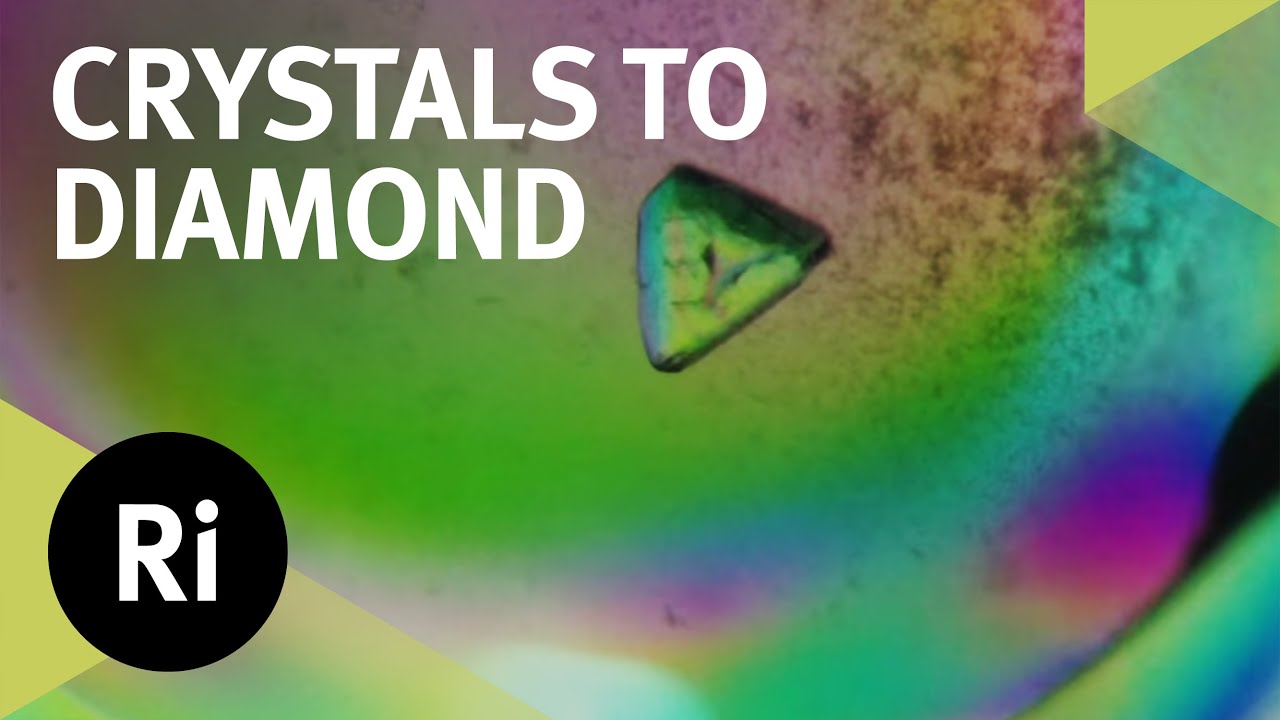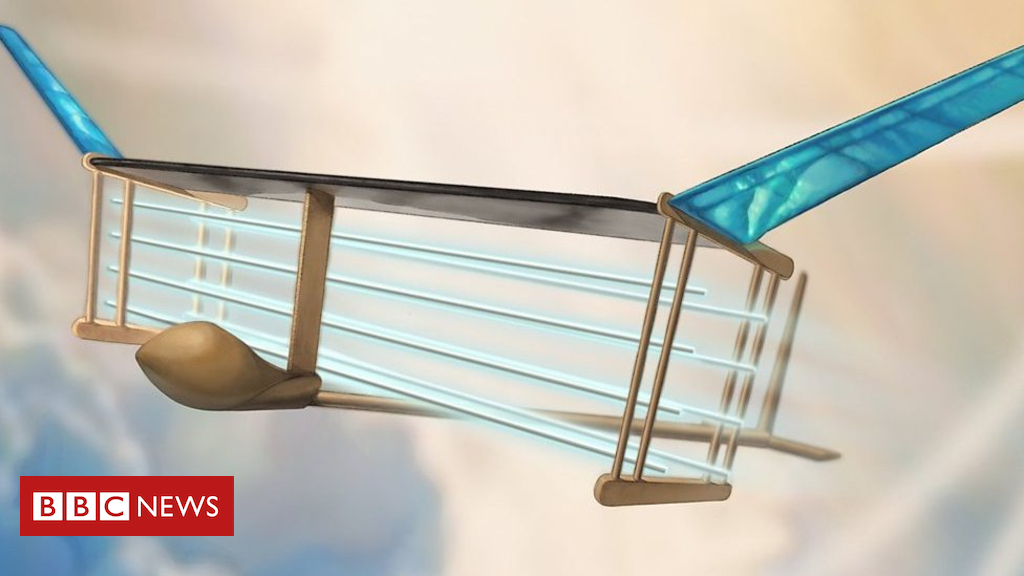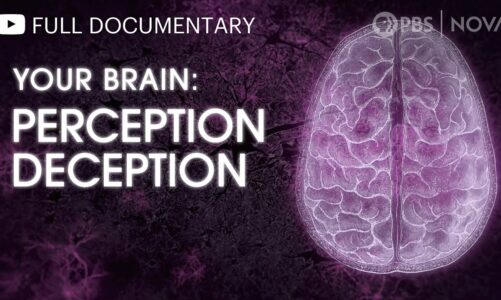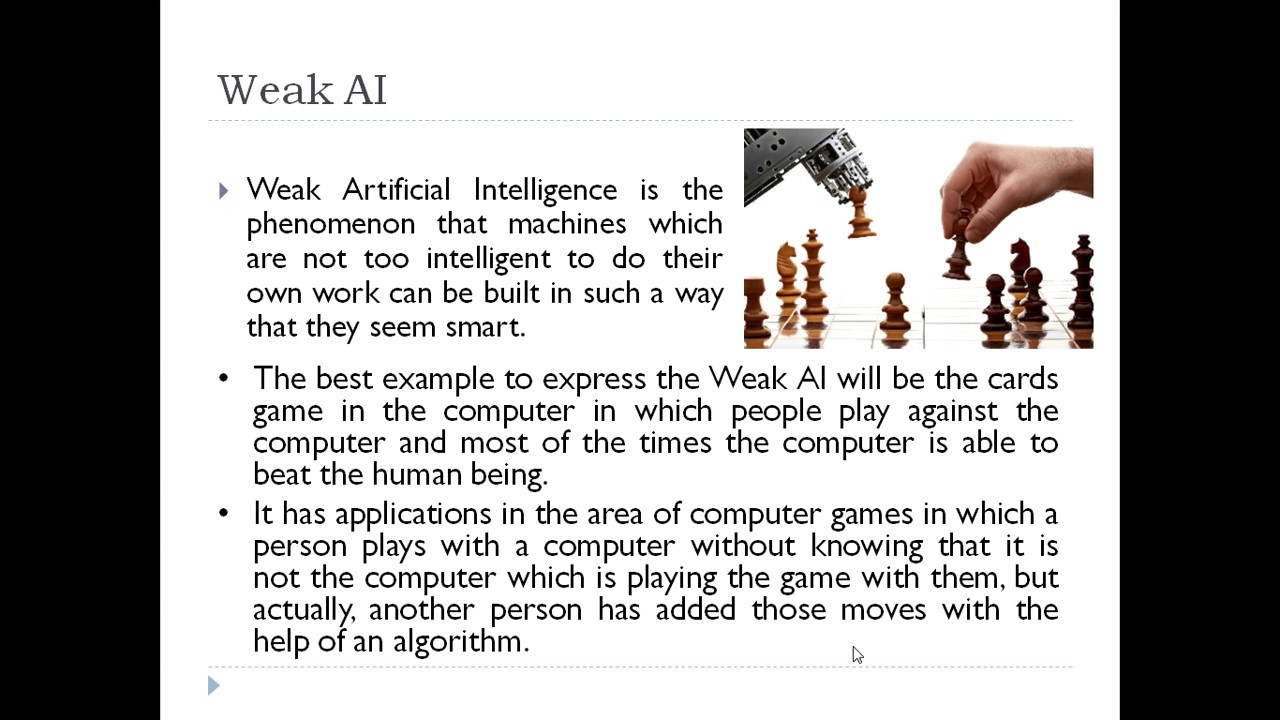The Royal Institution
How do X-rays help us uncover the molecular basis of life?
In the second part of this mini-series, Professor Stephen Curry takes us on a journey into the Diamond Light Source, one of the UK’s most expensive and sophisticated scientific facilities.
Generating light brighter than the sun, and hosting a particle accelerator, Diamond is often used to determine the structure of complex molecules. By placing crystalline samples of proteins in the powerful beams of X-rays, scientists can use the data obatined from the generated diffraction patterns to model accurate 3D structures of the protein molecules.
Professor Curry explores the inner workings of the Diamond Light Source to reveal how such facilities are aiding the field of structural biology and continuing the work of the early crystallography pioneers 100 years on.
Watch Part 1 – From Proteins to Crystals: https://www.youtube.com/watch?v=gLsC4wlrR2A
This film was supported by the Science and Technologies Facilities Council (STFC).
The Ri is on Twitter: http://twitter.com/ri_science
and Facebook: http://www.facebook.com/royalinstitution
and Tumblr: http://ri-science.tumblr.com/
Our editorial policy: http://www.rigb.org/home/editorial-policy
Subscribe for the latest science videos: http://bit.ly/RiNewsletter
Source




Science for the win
696 views … these videos need to be seen by 696,000 – fantastic technology – wonderful science.
Great video 🙂 Thanks a lot
FOLDING@HOME!!!
Why the constant bias towards structural biology? What about the other 50% of the Diamond users (i.e. soft & condensed matter)?
Love this series 😀
I understand how you would get the skelet of the protein from that diffraction pattern but I still don't get it how the computer can tell you what kind of atom is where, guess I would need a deeper explanation as a chemist.
Very informative
If i saw this video 10 years ago I would have had a different major.
I live in amazing time. Each video about progressive science makes me positive about our future.
Even if you are not scientist, just pay attention to new inventions, look at micro and macro cosmos and explore yourself.
Very cool.
It's surprising what over-gifted people manage to do. Let's hope they will someday find a protein to help the other less-gifted ones to do the same.
This is SO rad.
Every atom… except hydrogen
Thats really AWESOME!!!
Thank you for your wonderfully inspiring work!
Excellent documentary.
omg this is so amazing !
wow this was great !
Really informative and inspiring. Thank you dearly.
Can't they develop a software to collect the diffraction patterns and through algorithms make them viewable? Rather than manually measure the "dots"?
what is this guy's accent?
ingenius.. protein is actually smaller than the wavelength of light, yet how complex they look
Wow CGI is truly considered proof in the science world nowadays. I also like how mathematics is used to create an image that nobody will ever be able to verify its actual existence. Science has truly become a religion, because so much is based on beLIEf.
can you tell me which methods are available to. make crystal
Haha Professor Stephen Curry, just like the NBA player. What a coincidence!
Learning about protein crystallography just makes me appreciate the power of maths. I mean without it, I don't think any protein would be visible to us like now. I just thought how crazy it is to mathematically convert a screen of dots into a beautiful stunning 3D picture of a molecule. Amazing!
Hi..
If you see a video of structure if a roughstone you can know if a Diamond? Id like send one.
I need these songs…
Great video!
Wow, it is a very clear representation of how X-ray crystallography works, and it helped a lot! Many thanks!
Are those Xray diffraction plates filled with dark dots 3D? I've seen it always in books Illustrator a but I can't imagine how to use that to translate it to atomic arrangements
that was so beautiful
My boi Curry shootin 3s and shootin beams🔥
Loved the quality of this video. It does a great job of describing how it works, to someone that has no knowledge of X-ray crystallography.
This is incredible but it's almost easier to understand how this works today versus how they did it 60 years ago. I can't begin to imagine "solving" these structures without computers or even graphing calculators.
thanks!
Wow, just wow!!
Amazing video….!!!
it looks cooler than our PETRA III
I'm sorry, but what a weak explanation. That x-ray crystallography is done by shooting x-rays at crystals (that was all that was explained about the subject in the video!) is evident just by the term "x-ray crystallography." And that background "music" was headache-inducingly terrible.